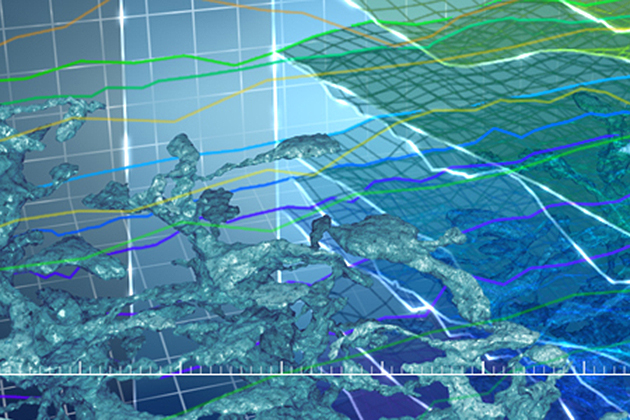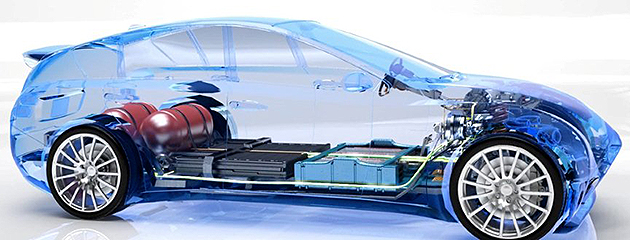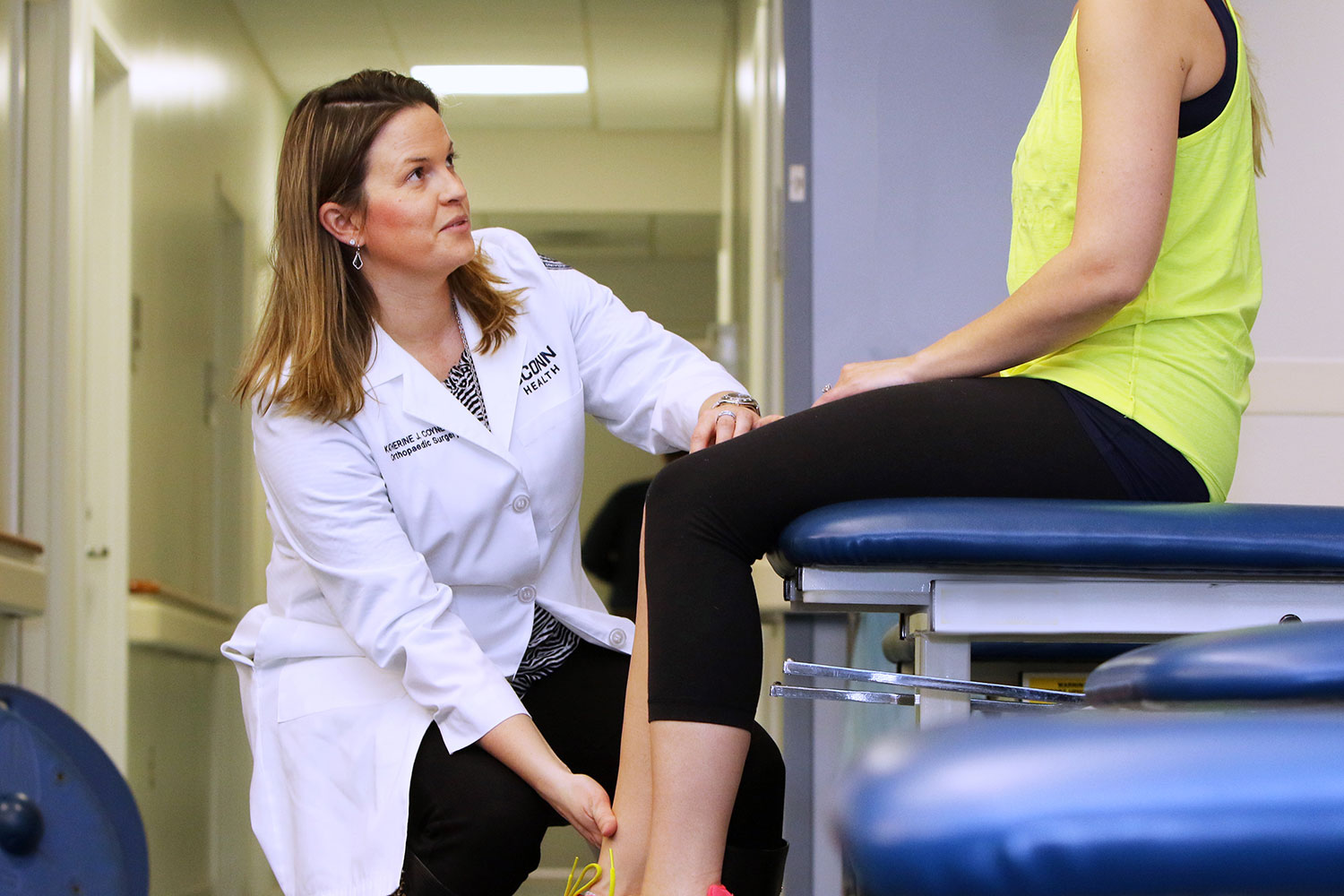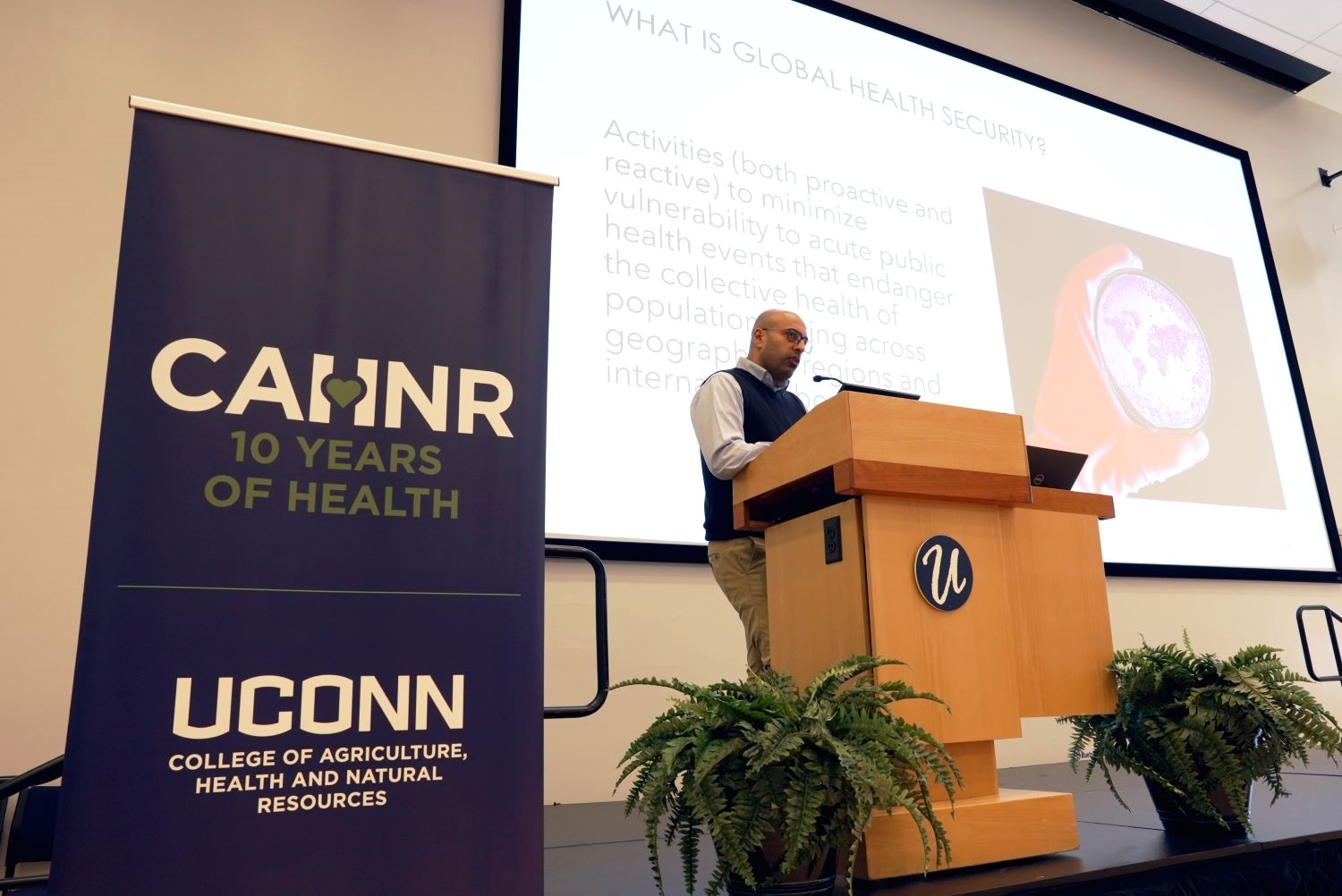[yframe url=’http://www.youtube.com/watch?v=OeyedBopnyU’]
This highlights reel showcases a range of capabilities of UConn’s newest department: Digital Media & Design.
The head of UConn’s newly-created Department of Digital Media & Design began his career in the performing arts, before founding a cutting-edge experiential design firm in New York City.
Tim Hunter’s relationship with UConn began after he started hiring graduates for his company; and before long teaching a few classes at Storrs turned into a full-time faculty appointment, which Hunter quickly saw as a chance to bring together the best ideas and practices of industry and academia.
“I wanted to be in a place where I felt like I could make a difference,” said Hunter, who holds degrees from the University of Michigan and Yale. “And at the same time, I literally had a hard time finding people with the skills I needed for my firm, and this seemed like a perfect way to make sure there were graduates who had what companies are looking for.
“I want UConn to become a powerhouse when it comes to digital media and design,” he says.

Today, you can find Hunter in an office suite in the School of Business on campus, a position that illustrates the ambitious undertaking Hunter launched this fall along with six faculty members and 135 students.
“We’re going to be a catalyst,” he says. “No barriers, no boundaries. The formation of the new department is going to facilitate more activity in other areas of the University in ways that haven’t happened before.”
“Interdisciplinary” is one of the buzzwords currently favored in academia, but in the case of UConn’s newest department, it’s more than just a casual statement of intent. The very nature of the field means that the department has the potential to influence and enhance virtually every corner of the University, from the UConn Health Center to the English department.
We’re going to be a catalyst. The formation of the new department is going to facilitate more activity in other areas of the University in ways that haven’t happened before.
So, what exactly is digital media and design?
It’s video game design and visual effects for film and television production, and it’s creating visualizations for molecular and cell biology. It’s building an interactive lobby for patients and families at the Children’s Hospital of Boston, and it’s innovative new ways to advertise UConn’s sports programs. It’s a required component of most large federal grants involving data harvesting, and it’s ads in magazines with interactive codes that make videos and music spring up on your smartphone. It’s a virtual library containing a philosopher’s life and works, and it’s an engineering student’s way of visualizing the implications of her work.

In short, it’s easier to ask what digital media and design isn’t, or as Hunter says:
“We’re really building a four-legged table. The four components are artistic creativity, business, STEM – or science, technology, engineering, and math, and the digital humanities/social sciences.”
As you’d expect from someone who designed sets and lighting for the renowned Alvin Ailey American Dance Theatre, the department is rooted in a creative approach to everything – it’s part of the School of Fine Arts, although the faculty will include joint appointments and scholars from other disciplines. But it’s also practical in a way that a stage designer has to be: the most beautiful stage in the world is no good to anyone if it isn’t ready when the curtain rises.
“I want to be in a place where I can help students differentiate themselves, and get skills that are in demand in the marketplace right now,” Hunter says. “You and your parents are making this huge investment, so let’s do everything we can to make it a success.”
The department, which plans to eventually offer BA, BFA, MA, and MFA degrees along with four-course certificates, will be filling a niche that exists right now in countless businesses looking to ramp up their digital media and design capabilities as their industries demand greater innovation, says Professor Edvin Yegir, one of the department’s faculty members.

“As technology is beginning to pervade so many aspects of art, entertainment, media, and other businesses, more and more jobs with these skills are in demand,” he says. “Companies simply can’t grow their businesses without people who are educated in digital media and design.”
The department, which will incorporate the Digital Media Center founded by Hunter, is already getting students started on acquiring those skills, and doing it in a way that breaks down those artificial barriers between specialties. The Student Ad Agency, which is working on campaigns with the Division of Athletics, includes five MBA candidates, one MFA candidate, and 24 undergraduates from a variety of backgrounds, for example.
Hunter, who talks excitedly about the potential for digital media and design to shape everything from agriculture and natural resources to philosophy, says ultimately those types of arrangements will define the department’s success:
“The primary way we’ll know we’ve succeeded is when our students have careers that they love, that fulfill them, and that offer them chances to grow.”
For a sample of some of the work the digital media department is doing with UConn Athletics, see this video.
This article was first published on Nov. 1, 2012, with the headline ‘How a Dance Company Designer is Helping UConn Set Itself Apart from the Digital Pack.’



